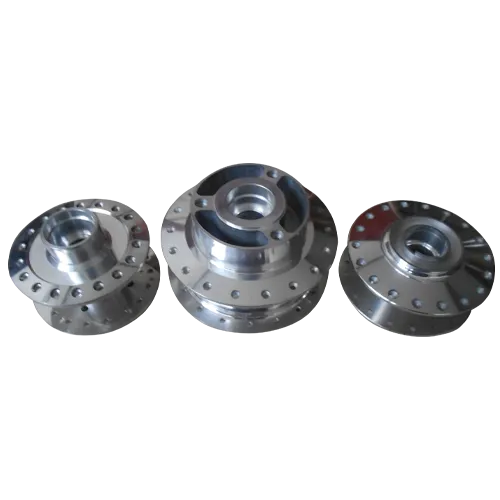Mobile:+86-311-808-126-83
Email:info@ydcastings.com
Exploring the Benefits and Techniques of Brass Sand Casting in Modern Manufacturing
Brass Sand Casting An Overview
Brass sand casting is a popular manufacturing process used to create intricate metal components with exceptional precision. Brass, an alloy primarily composed of copper and zinc, is favored in various applications due to its excellent corrosion resistance, durability, and attractive appearance. The sand casting process is particularly well-suited for producing complex shapes and sizes, making it a go-to method for many industrial applications.
The sand casting method begins with the creation of a mold made from sand. This involves mixing fine sand with a binding agent, usually clay, to form a mixture that can hold its shape. The mold is created by compacting the sand around a pattern, which is typically made of metal or wood. Once the mold is formed, the pattern is removed, leaving a cavity that matches the desired shape of the final product.
After the mold preparation, molten brass is poured into the sand mold. The high temperature of the molten metal allows it to fill the intricate details of the mold cavity. As the brass cools and solidifies, it takes on the shape of the mold. Once the metal has sufficiently cooled, the sand mold is broken away to reveal the casting. The result is a finely detailed brass component that may require some finishing processes, such as trimming, grinding, or surface treatment, to achieve the final specifications.
brass sand casting

One of the significant advantages of brass sand casting is its versatility. This method can produce a wide range of products, from decorative items to heavy-duty components for machinery. The ability to cast complex geometries with varying wall thicknesses makes it ideal for industries such as automotive, aerospace, and plumbing.
Moreover, brass sand casting is relatively cost-effective, especially for low to medium production runs. The reusable nature of sand molds means that manufacturers can produce multiple castings without significant additional costs. However, for large-scale production, other methods such as die casting might be more efficient.
Environmental considerations are also essential in the sand casting process. While traditional sand casting can generate waste, advances in recycling processes now allow foundries to reuse sand and reduce the overall environmental impact. Additionally, the use of brass, which is recyclable, aligns with sustainable manufacturing practices.
In conclusion, brass sand casting is a valuable manufacturing technique that combines practicality with versatility. Its ability to produce high-quality, intricate components makes it indispensable in various industries. As technology continues to advance, the sand casting process is likely to evolve further, enhancing its efficiency and sustainability in the manufacturing landscape.
-
Impeller Technology That Powers Precision in Pump SystemsNewsMay.22,2025
-
Valve Durability Begins with Quality Cast Iron ComponentsNewsMay.22,2025
-
Performance Cooling with Advanced Automobile Water Pump SolutionsNewsMay.22,2025
-
How Motor Housing and Oil Pans Shape Engine PerformanceNewsMay.22,2025
-
How Metal Castings Drive Modern Manufacturing EfficiencyNewsMay.22,2025
-
Exploring the Engineering Behind Valve Body CastingsNewsMay.22,2025











